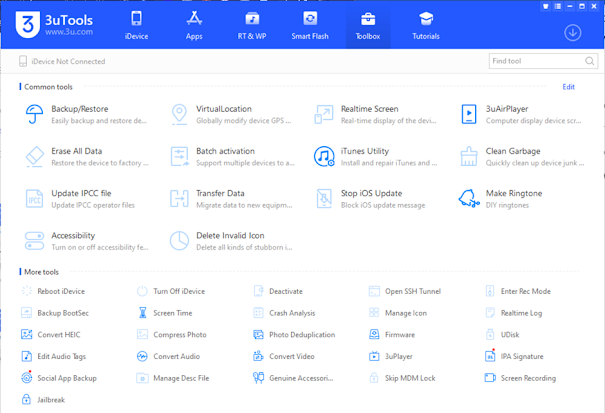Cross-Site request forgery (CSRF): silent threat behind certified works
In today's digital age, web applications have become integral to banking, shopping, social media and more. While functionality improves, the risk of sophisticated cyber attack increases. One such silent is still dangerous web security threat to cross-site request forgery (CSRF). This blog dives deeply into CSRF attacks, that they exploit user trusts, real -world examples, methods of detection and practical defense mechanisms to prevent unauthorized tasks in certified sessions.
What is CSRF?
Cross-Site request forgery (CSRF) is a web application vulnerability where an attacker tricks a legitimate user to perform unexpected actions on a web application in which they are certified. These actions are executed without user's knowledge or consent.
For example, if a user is logged into his bank account and goes to a malicious website, the attacker can secretly submit the fund transfer request on his behalf, exploiting the user's certified session.
How CSRF works
The specific workflows of the CSRF attack are included:
- User authentication: The victim log in to a reliable web application (eg, banking site).
- The session cookie stored: The browser authentication session collects the cookie.
- Visited a malicious site: The user goes to a malicious or compromise website.
- Hidden request executed: The malicious site stored session sends a prepared request for the target application using cookies.
- Action taken: The server executes the request as it originates from the certified user.
Real world CSRF example
Consider this landscape:
<img src="https://bank.com/transfer?amount=1000&to=attacker_account" />
If the user is logged into their bank account and this image tag is embedded in a malicious webpage, the browser automatically sends request to 'Bank.com', inadvertently transforms funds without user approval.
CSRF attack vector
The attackers often use the following vectors:
- Forms hidden with auto-Sabamit script
- Get requests using images or iframes
- JavaScript-based redirect or background request
- Embedded link in fishing email
Effect of CSRF attacks
- Unauthorized transactions: money transfer, stock trade, or purchase.
- Account change: Email, password, or settings updated.
- Data theft: Unauthorized access or download of sensitive information.
- Privilege enhancement: access to access rights or roles.
- Reputation damage: Customer trust and loss of regulator punishment.
How CSRF varies from XSS
While both CSRF and XSS are common web weaknesses, their methods and goals are different. CSRF tricks a log-in user to make unexpected requests without his knowledge, often causes tasks such as fund transfer or setting transforms. In contrast, XSS (cross-site scripting) involves injecting malicious scripts in web pages running in users browsers, which often aim to steal information or kidnapping sessions.
The CSRF depends on the user's authentication and session tokens, while the XSS takes advantage of flaws in input verification and output encoding to execute the script. It is important to understand this difference in implementing the right safety measures.
Detection technique
1. Manual test
- Check the anti-CSRF token deficient form and endpoint.
- Efforts to send cross-orrizine request using Get/Post.
2. Penetration testing equipment
- Burp suite
- Ousp jap
- CSRFTEST
3. Monitoring server log
- Look for an unexpected post or receive requests from unfamiliar references.
4. Browser plugins
- CSRF can block efforts during extension tests such as Noscript.
How to stop CSRF
1. CSRF token
- Create a unique, unexpected CSRF token for each user session.
- Include tokens in every form submission and validate it on the server.
2. Semite cookies
- Use 'Samesite' characteristic (strict 'or lax') in cookies to restrict cross-origin requests.
3. Double submit cookies
- Send both CSRF tokens into a cookie and as a request parameter, compare them on the server.
4. Check the referr and origin header
- Come to the 'referral' or 'original' header to ensure the requests arising from reliable domains.
5. Use safe structure
- Framework such as Django, Rail, Spring Security, and Express provides underlying CSRF conservation mechanisms.
6. Disable dangerous http methods
- Ban the use of methods like `put ',' remove 'where unnecessary.
7. User logouts and expiration
- Apply sessions timeouts and automatic logouts for passive users.
Professional risk and compliance
- Legal and regulatory fines: Non-transportation with GDPR, PCI-DSS, etc.
- Brand reputation: The loss of the user trust leads to the attraction of the customer.
- Financial loss: fraud transaction or unauthorized access.
- Downtime: Post-Atac incident reaction and patching.
CSRF in modern applications
Modern spas and APIs are still susceptible to CSRF if not properly configured. The use of tokens in the header (instead of cookies) and CORS configurations help reduce risks.
moreover:
- Always send credentials only when needed.
- Avoid the auto-caste system until it is strictly safe.
Best practice for developers
- Enable CSRF protection on each certified route.
- Never rely on data from third-party sources.
- Educate the developers and conduct safe coding workshops.
- Use the web application firewall (WAFS) for an additional layer.
- Regular testing and audit application flow.
conclusion
Cross-Site request forgery (CSRF) is a powerful attack that hunts on certified sessions and user trusts. Although this may not include injuring malicious scripts like XSS, the results may be only disastrous, including financial fraud and data violations.
With proper understanding, vigilant coding and correct safety equipment, developers and organizations can effectively protect against CSRF attacks. Apply strong CSRF conservation strategies, regularly test your applications, and be updated with modern web safety standards.
The trust of your users is your biggest property - do not let CSRF remove it.






Comments
Post a Comment